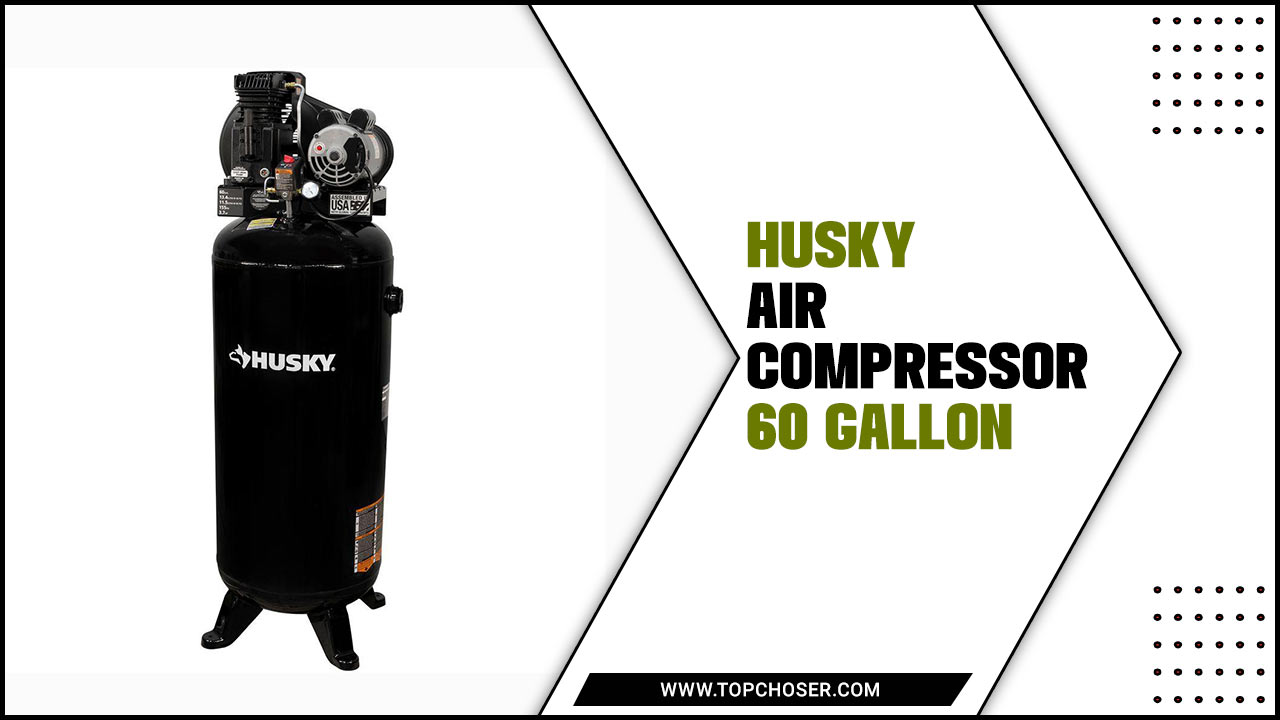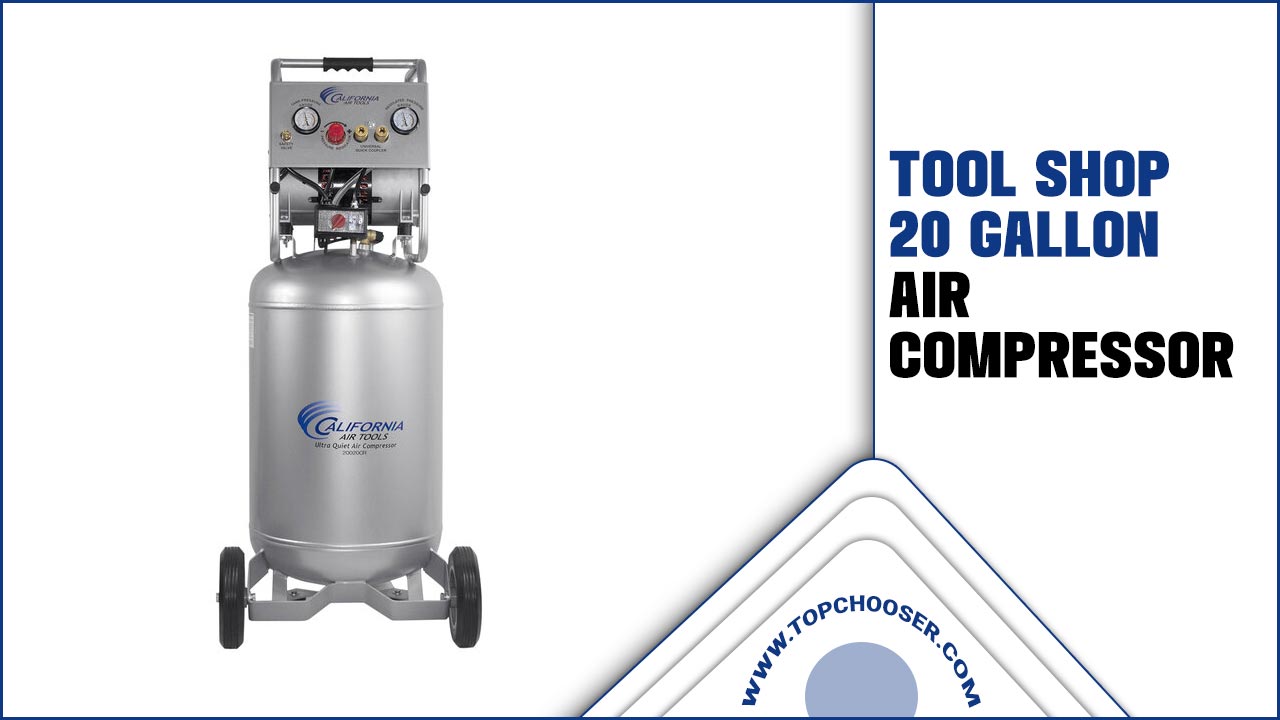Have you ever wanted to brighten up your yard with low voltage lights? Maybe you dream of a cozy space for evening gatherings. Installing a transformer for these lights can make that dream come true!
Transformers might sound complicated, but they are really not. They play a key role in making low voltage lights shine brightly. Imagine changing your dull yard into a sparkling wonderland with just a few simple steps!
Did you know that many people struggle with low voltage lighting installations? It’s true! However, with the right guidance, you can turn a tricky task into an easy one. Are you ready to learn how to install a transformer for low voltage lights and light up your outdoor space?
How To Install A Transformer For Low Voltage Lights: A Step-By-Step Guide

How to Install a Transformer for Low Voltage Lights
Installing a transformer for low voltage lights is easier than you think. Start by choosing the right transformer based on your lights’ total wattage. Next, connect the wires securely, ensuring a good fit. Did you know a proper connection can prevent electrical issues? Finally, test the lights to ensure everything works well. With these simple steps, you can brighten your outdoor space safely and efficiently!
Choosing the Right Transformer
Factors to consider: wattage, voltage, and compatibility with lights.. Types of transformers available for low voltage lighting..
Choosing the right transformer is key for low voltage lights. Start by checking wattage; it shows how much power your lights need. Next, look at the voltage; low voltage lights typically use 12V or 24V. It’s also important to check if your transformer is compatible with your lighting.
- Types of transformers include:
- Magnetic transformers
- Electronic transformers
- Smart transformers
This choice affects both performance and safety.
What wattage do I need for my low voltage lights?
You need to match wattage with your lights. Select a transformer that has at least 10-20% more wattage than your total lights’ wattage for best results.
Things to keep in mind:
- Calculate the total wattage of all bulbs.
- Adjust for dimmers and other devices.
Tools and Materials Needed
List of essential tools for installation (e.g., screwdriver, wire stripper).. Required materials (e.g., transformer, wire, connectors)..
Ready to light up your world? First, gather your tools! You’ll need a screwdriver to tighten things up, a wire stripper to prep your wires, and a voltage tester to keep things safe. Don’t forget gloves, because we all want to avoid a shocking experience, right? Now, let’s talk materials. Make sure you have a reliable transformer, sturdy wires, and strong connectors. Here’s a quick table to keep us organized:
| Tools | Materials |
|---|---|
| Screwdriver | Transformer |
| Wire Stripper | Wire |
| Voltage Tester | Connectors |
| Gloves |
With these items, you’re all set to safely light up your space and impress your friends with your handy skills!
Preparing for Installation
Steps to assess the installation location.. Importance of safety measures and adherence to local codes..
Start by checking the area for installation. Look for a dry, flat space for the transformer. Avoid spots near water or extreme heat. Next, ensure you have enough room for wires and connections. This keeps everything safe and tidy.
Safety is key! Always wear gloves and goggles. Follow local building codes to stay safe and compliant. These rules help prevent accidents. Before you begin, make sure to turn off the power. Doing this keeps you safe.
Why is safety important?
Safety protects you from electrical dangers and ensures your lights work well.
Steps to assess the installation location:
- Choose a dry place.
- Ensure it’s flat and stable.
- Avoid nearby water sources.
- Check for ample room for wires.
Step-by-Step Installation Process
Detailed steps to mount the transformer securely.. Instructions for wiring the transformer to the power source and lights..
First, find a safe spot to mount the transformer. Use screws to hold it in place. Don’t make it too loose; we want it secure enough to avoid any ‘transformer dances!’ Next, it’s time for wiring magic. Connect the transformer to your power source first, like a puzzle piece fitting into its spot. Then, connect the wires for your low voltage lights. Keep it neat, like stacking your favorite toys. Follow the next steps in this handy table:
| Step | Action |
|---|---|
| 1 | Mount the transformer safely. |
| 2 | Connect to power source. |
| 3 | Attach wires to lights. |
Remember, double-check your connections. Safety first! When all is ready, flip the switch. Admire your handiwork while feeling like a superhero of the night lights!
Testing the System
How to check connections and ensure proper functioning.. Troubleshooting common installation issues..
Checking your connections is like making sure your favorite toy has fresh batteries. First, look at the wires. Ensure they are tight and connected well. A loose wire is like a cranky cat—hard to deal with!
If something doesn’t work, check the power supply. You can use a multimeter to help with this. If it still doesn’t shine, here’s a quick troubleshooting table:
| Issue | Solution |
|---|---|
| No lights | Check power and connections |
| Flickering lights | Tighten connections |
| Overheating | Ensure proper wattage |
Every issue has a solution. Just take a deep breath and channel your inner detective. Let’s get those lights glowing!
Maintenance and Safety Tips
Routine checks and upkeep for longevity of the transformer.. Safety precautions to avoid electrical hazards..
Keeping your transformer in shape is easy! Regular checks are key for long life. Look for signs like strange noises or smells. Clean dust and dirt to keep things happy. “A clean transformer is a happy transformer!” Safety first, always! Turn off the power before touching anything. Use insulated tools to avoid zaps — we don’t want any shocking surprises! Here’s a quick checklist:
| Maintenance Tasks | Frequency |
|---|---|
| Inspect connections | Monthly |
| Clean housing | Every 3 months |
| Test for voltage | Quarterly |
| Check fuses | Yearly |
FAQs About Installing Transformers for Low Voltage Lights
Common questions and thorough answers regarding installation challenges.. Clarification of misconceptions related to low voltage lighting systems..
Many people have questions about low voltage lights and their transformers. Here are some common ones:
What is a transformer used for in low voltage lighting?
A transformer helps convert high voltage to low voltage. This makes lights safe to use in your yard or garden.
Can I install a transformer myself?
Yes, with care! Follow instructions closely for a safe installation. If unsure, ask for help.
Do I need special tools?
You may need basic tools like a screwdriver and wire cutters. But no fancy equipment is necessary!
What mistakes should I avoid?
- Not checking the power requirement
- Ignoring safety guidelines
- Overloading the transformer
Understanding these points makes installation easier. Ask questions and stay safe while lighting up your space!
Conclusion
In summary, installing a transformer for low voltage lights is simple. First, choose the right transformer for your lights. Next, follow the wiring instructions carefully. Make sure to connect everything securely. Finally, test your lights to ensure they work. You’re now ready to enjoy your new lighting! For more tips, consider reading guides or watching videos online.
FAQs
What Type Of Transformer Is Required For Low Voltage Lights, And How Do I Choose The Right Wattage?
You need a low voltage transformer for low voltage lights. It changes the regular electricity to a safer level. To choose the right wattage, add up the wattage of all your lights. Make sure the transformer has a bit more wattage than you need. This way, it will work well and stay safe!
What Are The Necessary Tools And Materials I Need For Installing A Low Voltage Light Transformer?
To install a low voltage light transformer, you need a few important tools and materials. First, get a screwdriver to help you attach wires. You will also need wire cutters to trim the wires to the right length. A voltage tester helps you check if electricity is off before starting. Lastly, make sure you have proper wire connectors to join the wires together safely.
How Do I Safely Connect The Transformer To The Electrical Supply And To The Low Voltage Lighting Fixtures?
To safely connect the transformer, first, turn off the power at the circuit breaker. Then, connect the transformer to the electrical supply by joining the wires according to their colors—usually black to black and white to white. After that, connect the low voltage (LV) lighting fixtures to the output side of the transformer. Make sure all connections are tight and secure. Finally, turn the power back on to test if everything works correctly.
What Are The Common Safety Precautions I Should Take While Installing A Low Voltage Light Transformer?
When installing a low voltage light transformer, always unplug the power source first. Wear safety goggles to protect your eyes. Use insulated tools to avoid electric shock. Keep your work area clean and dry so you don’t slip or trip. Finally, read the instructions carefully before starting.
How Can I Troubleshoot Common Issues That May Arise After Installing A Low Voltage Light Transformer?
To fix problems with your low voltage light transformer, first check the power source. Make sure it’s plugged in and working. Next, look at the wires. Ensure they are tight and connected properly. If the lights don’t turn on, try swapping in a new bulb. It might be burned out! If you still have issues, ask an adult for help or refer to the instruction manual.








